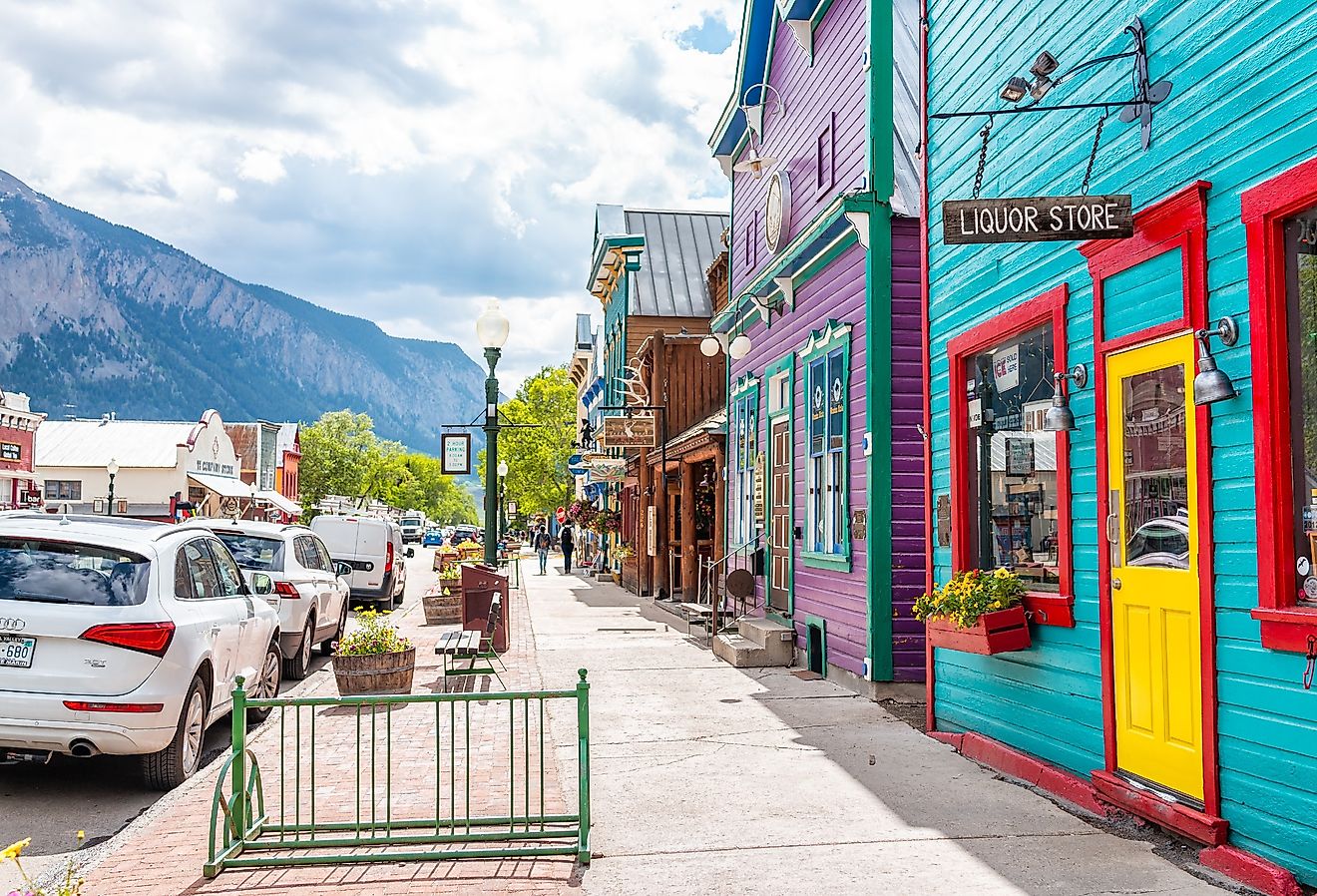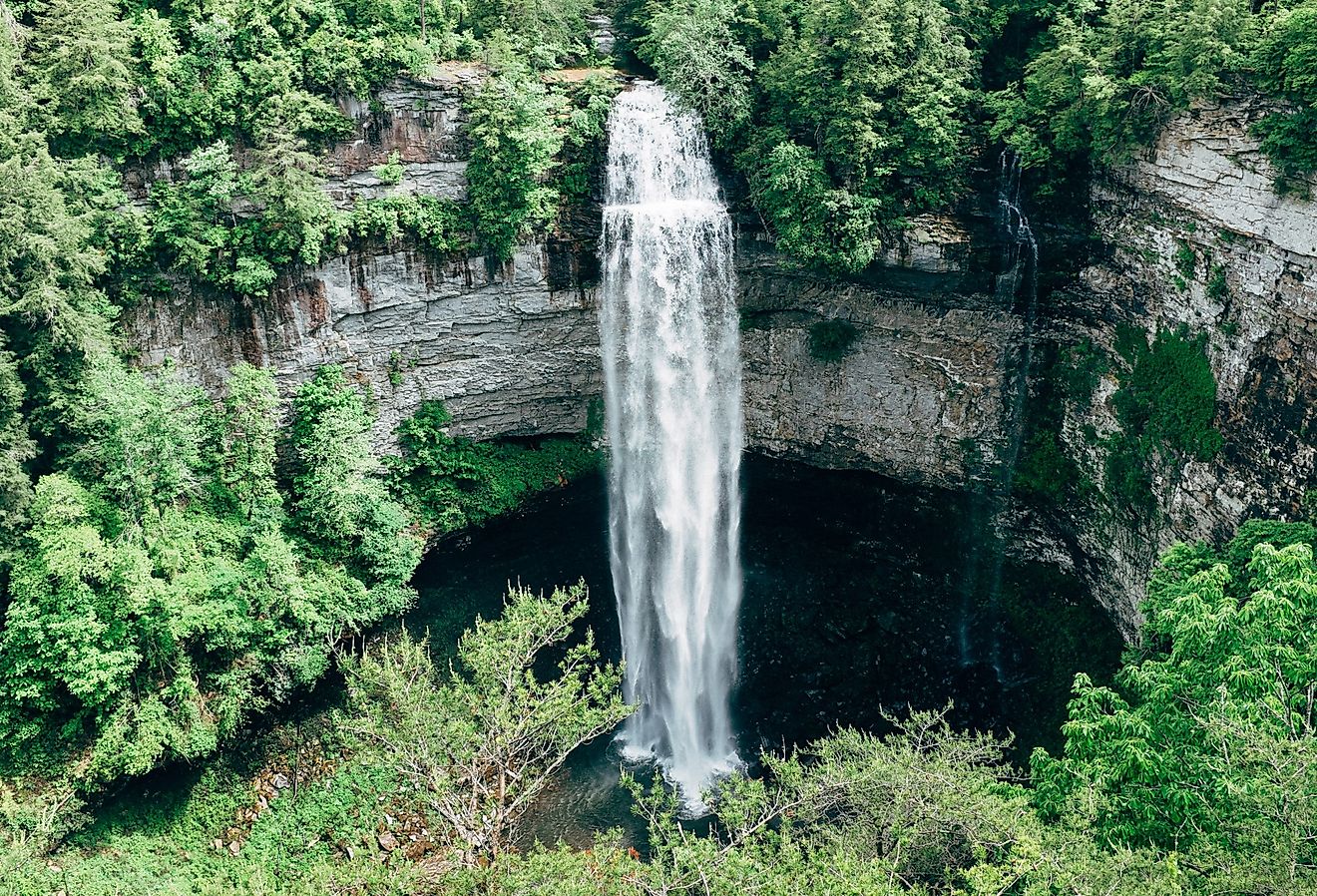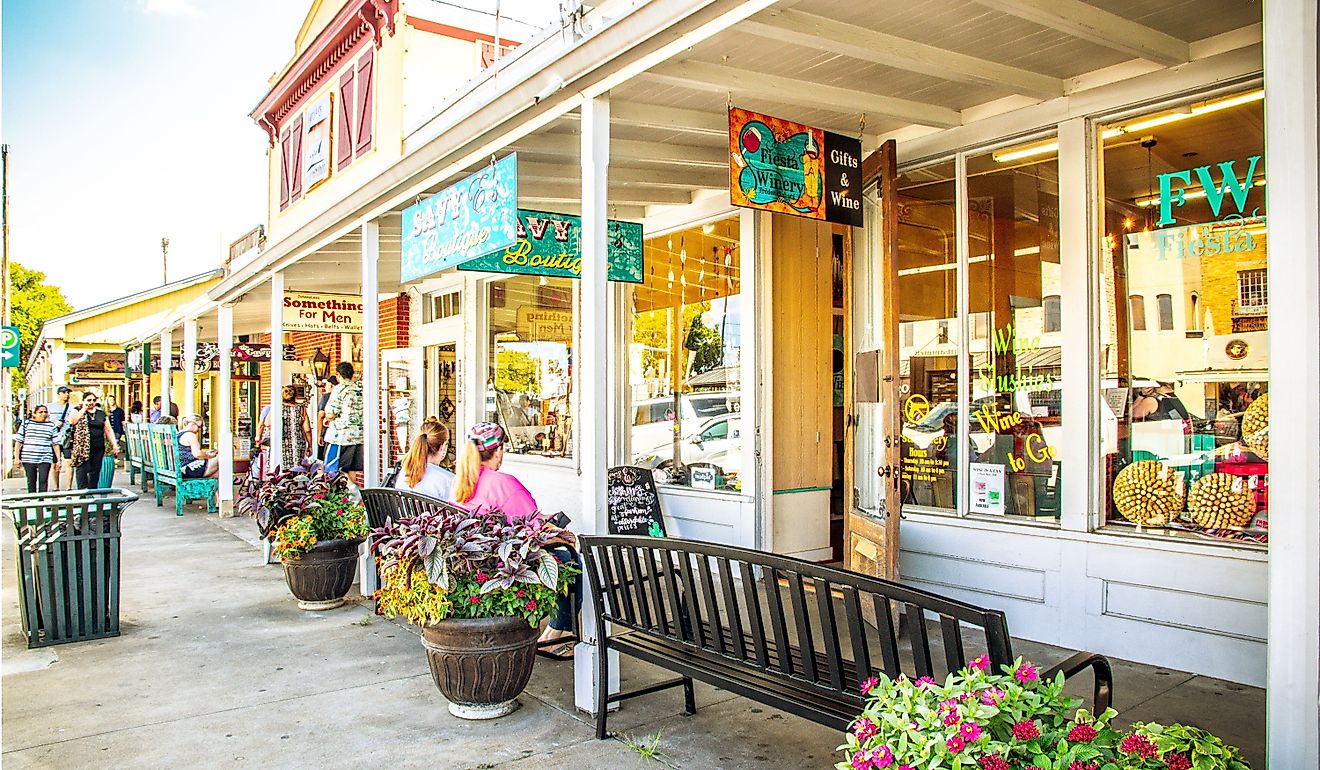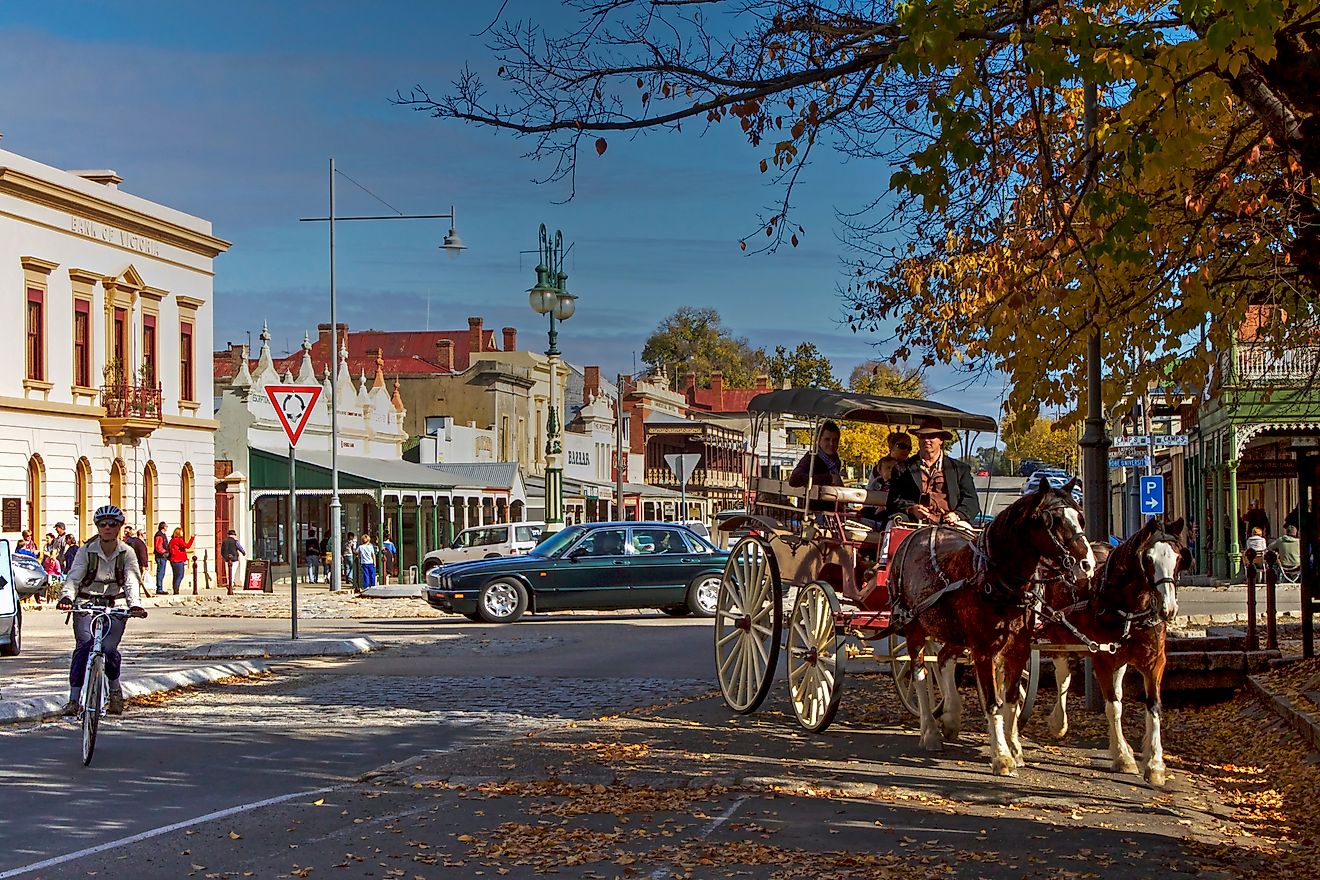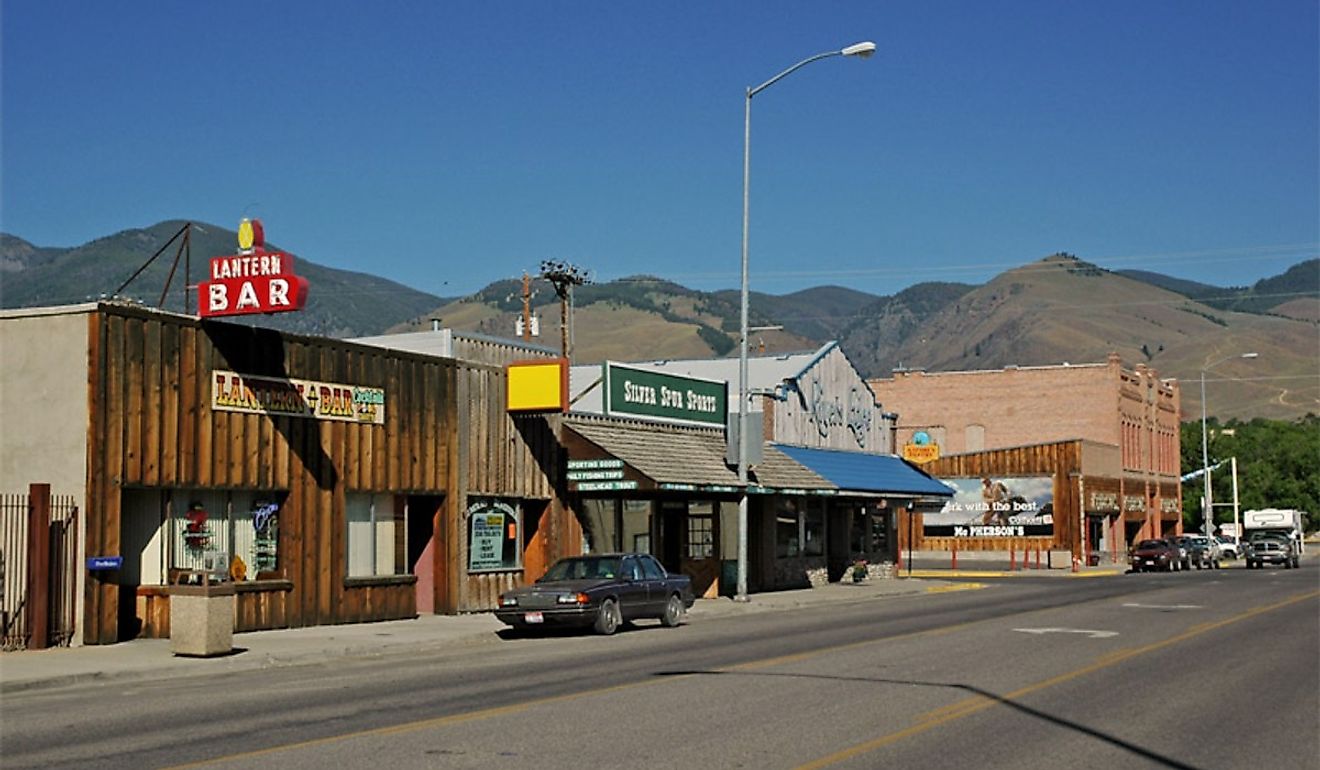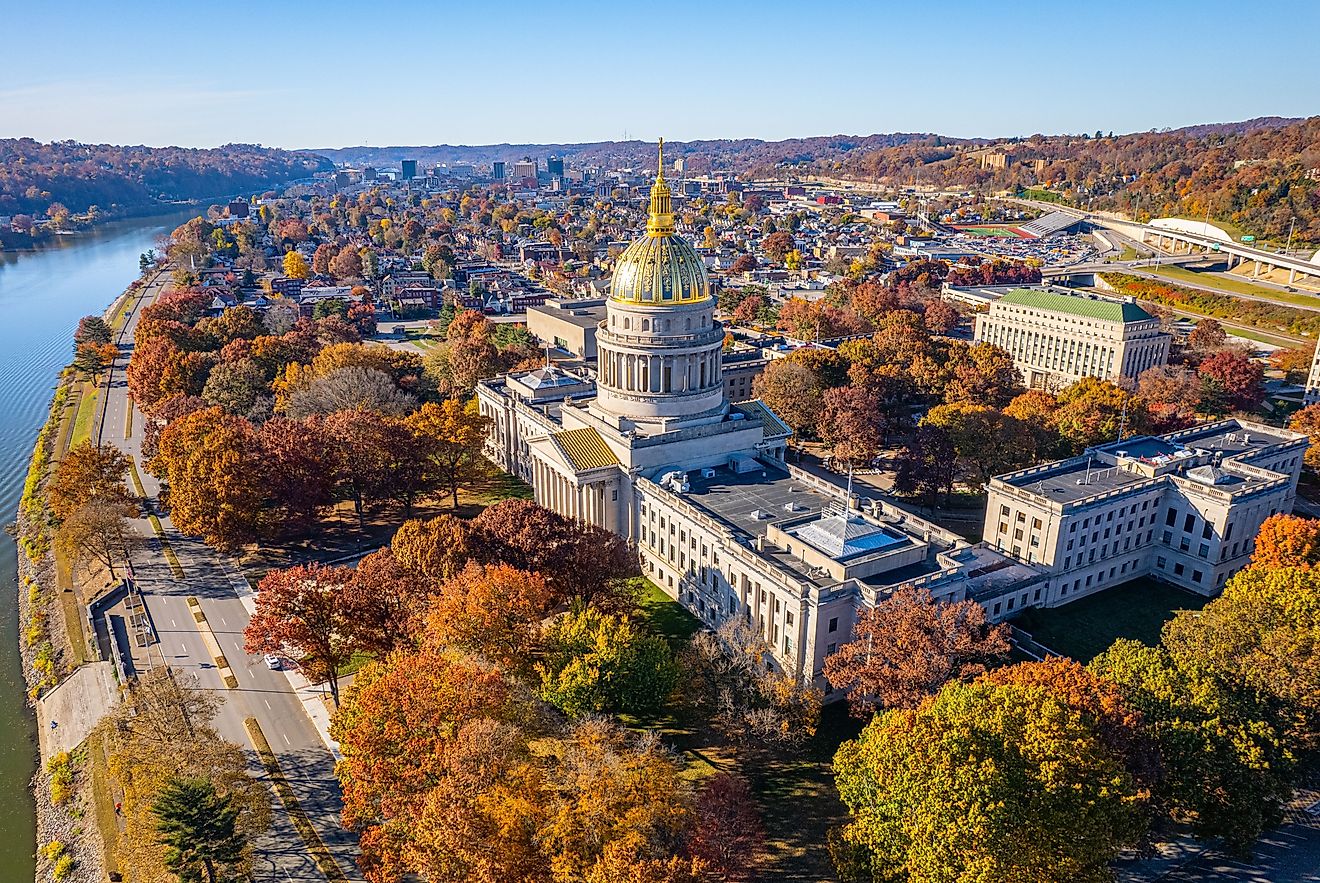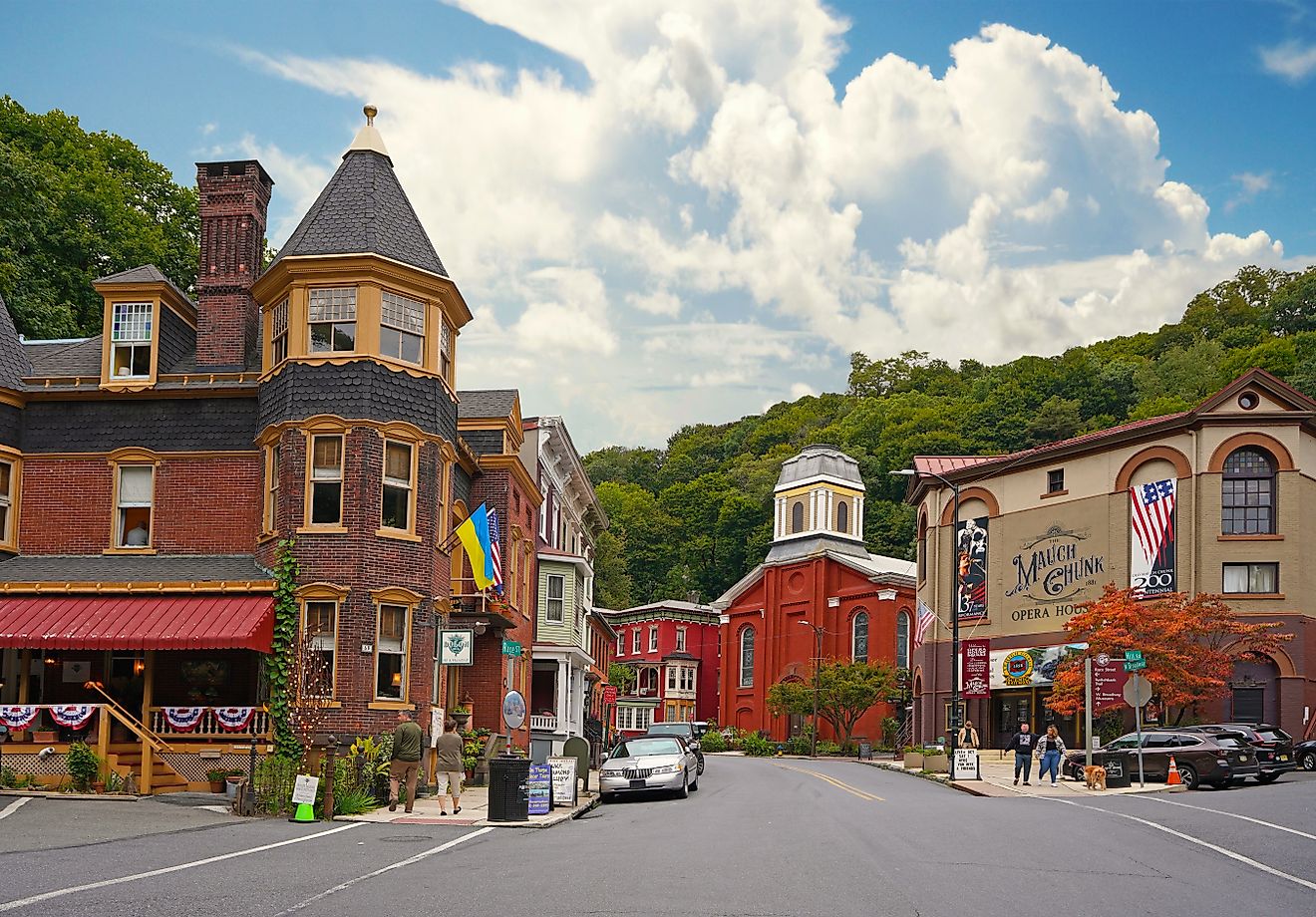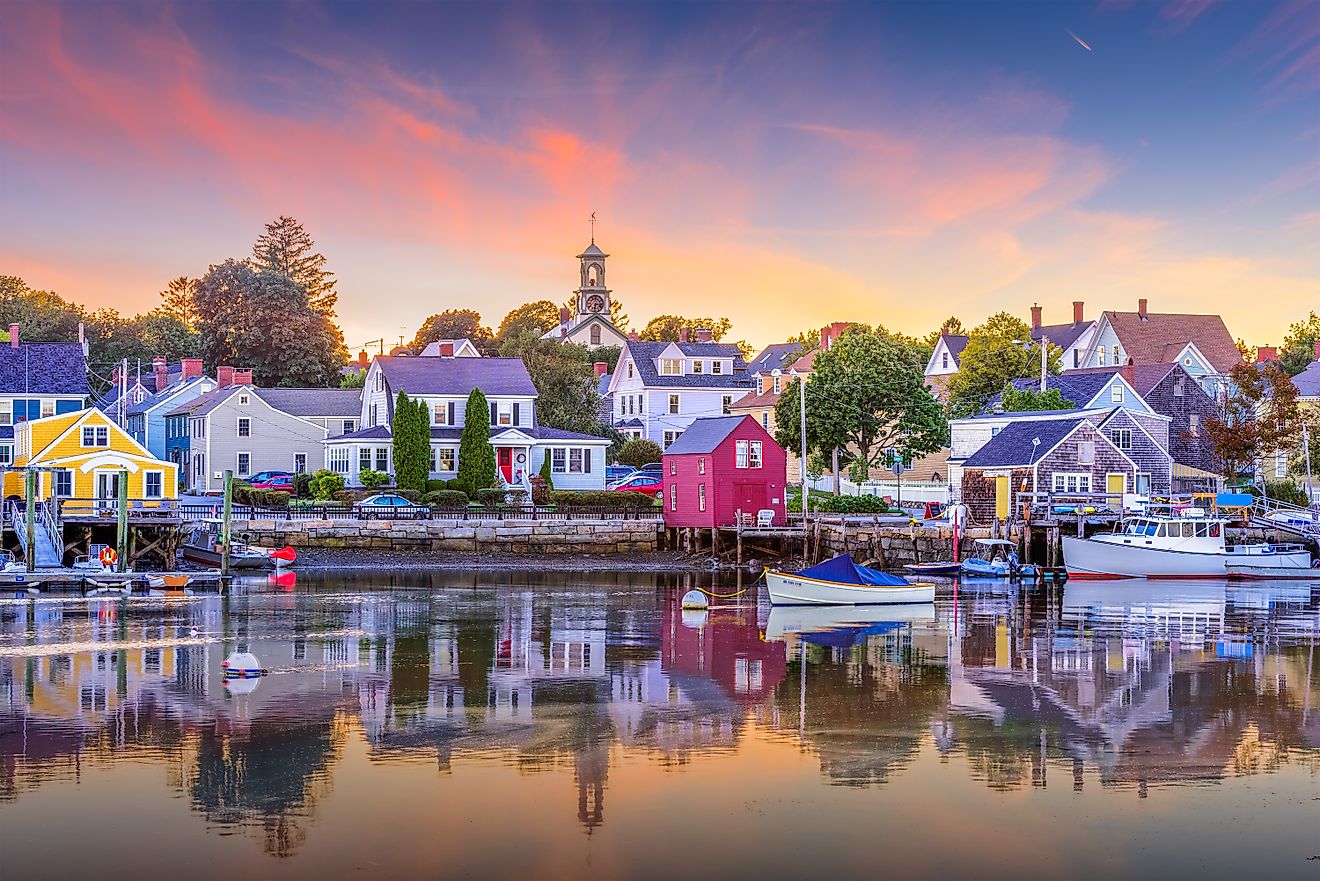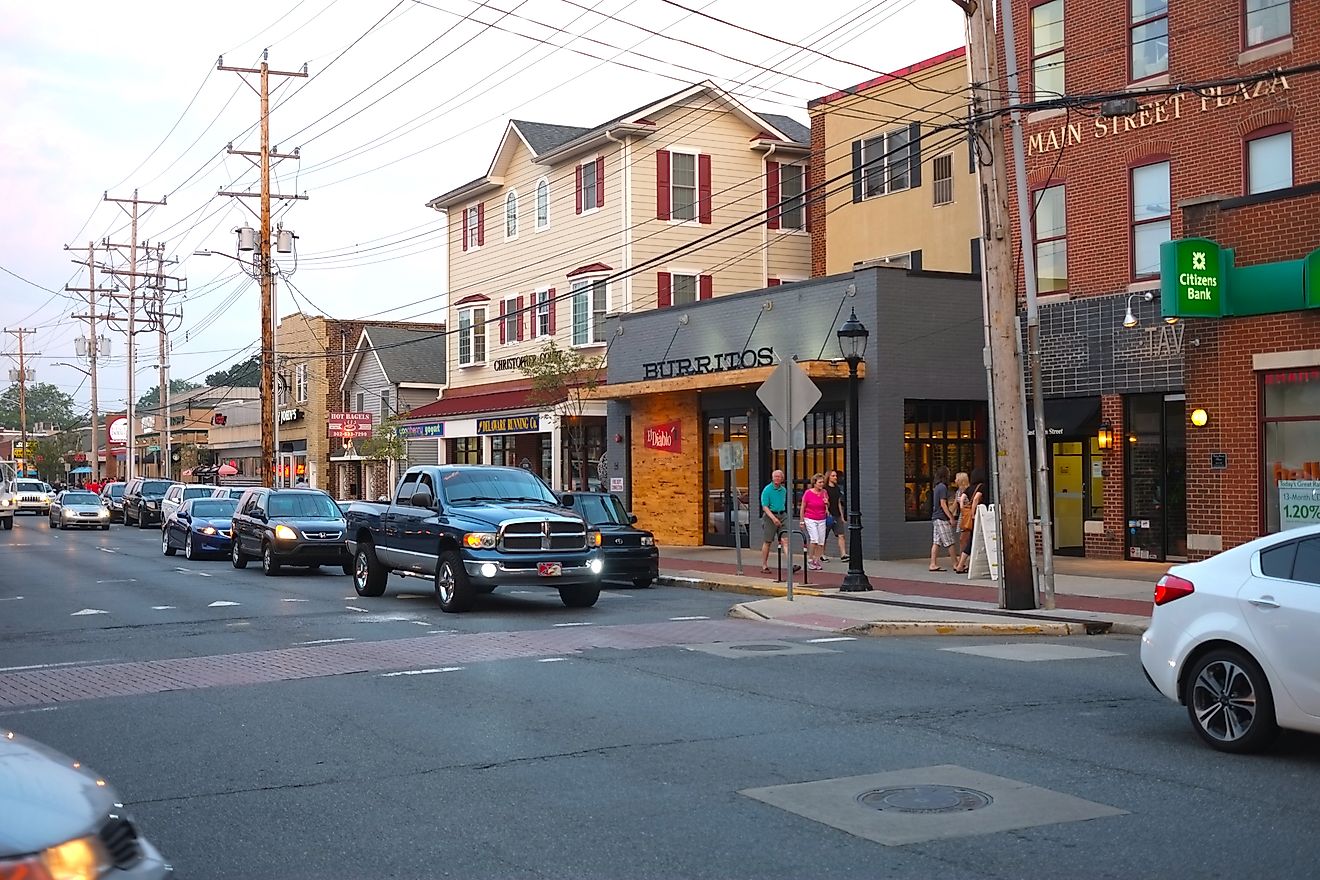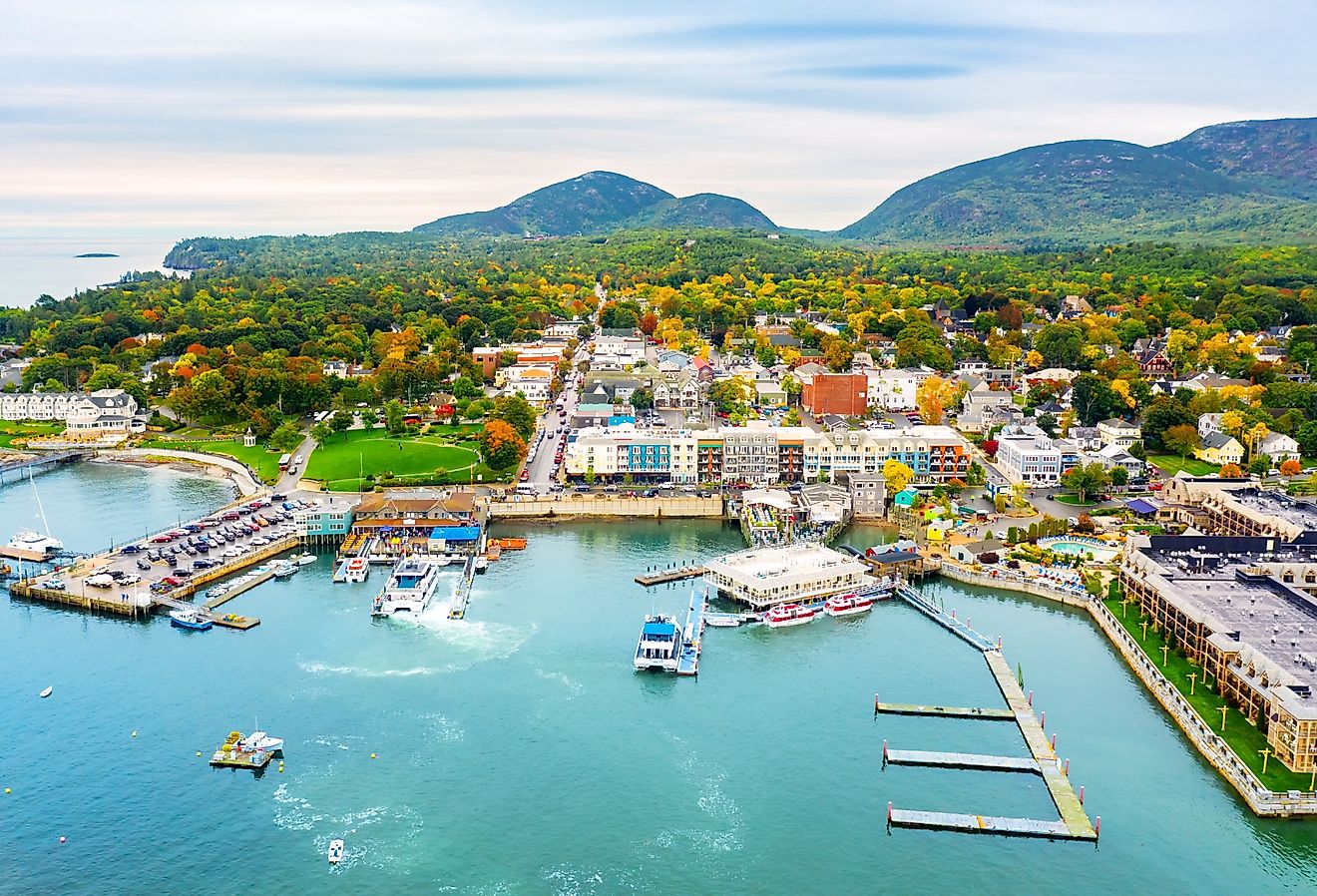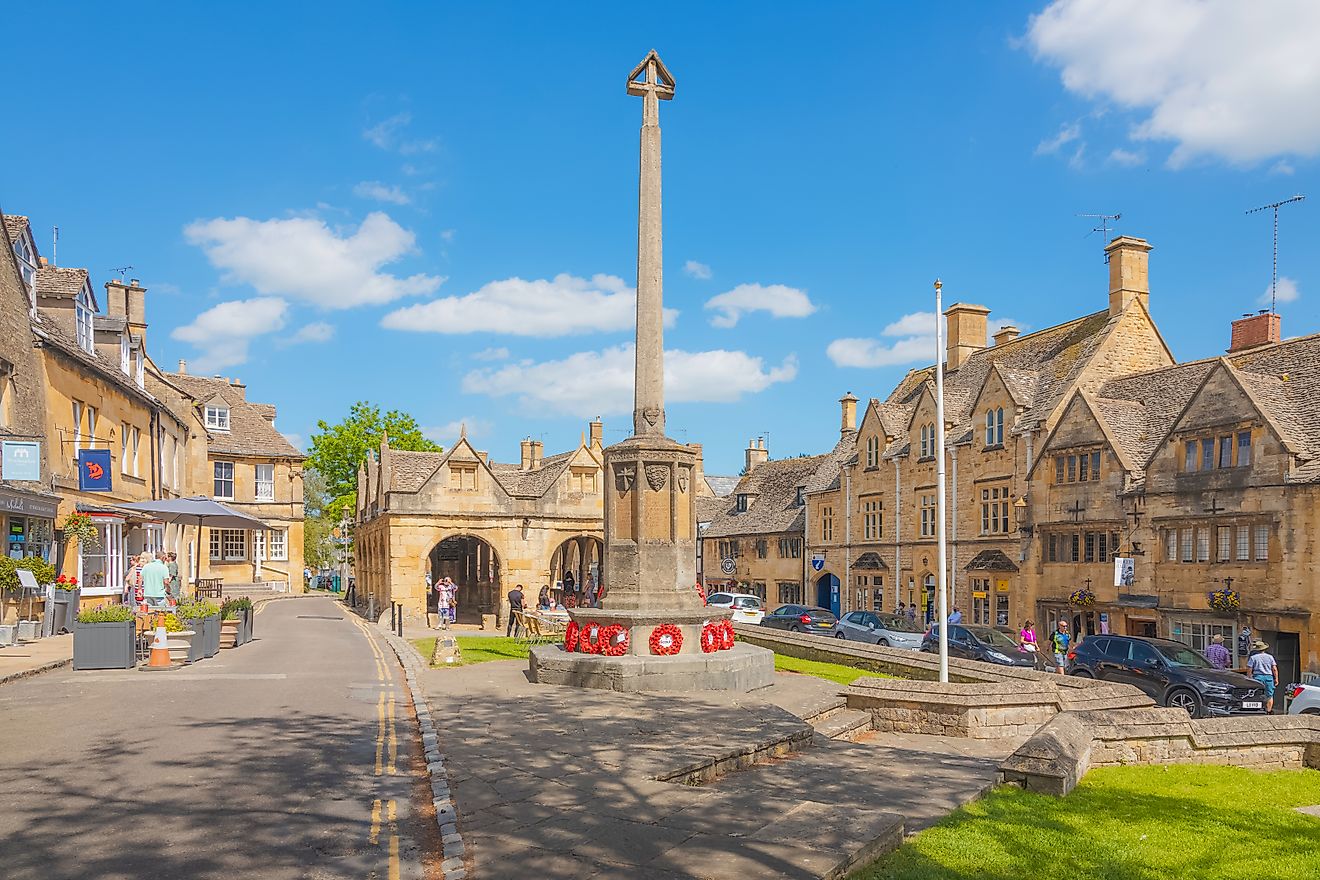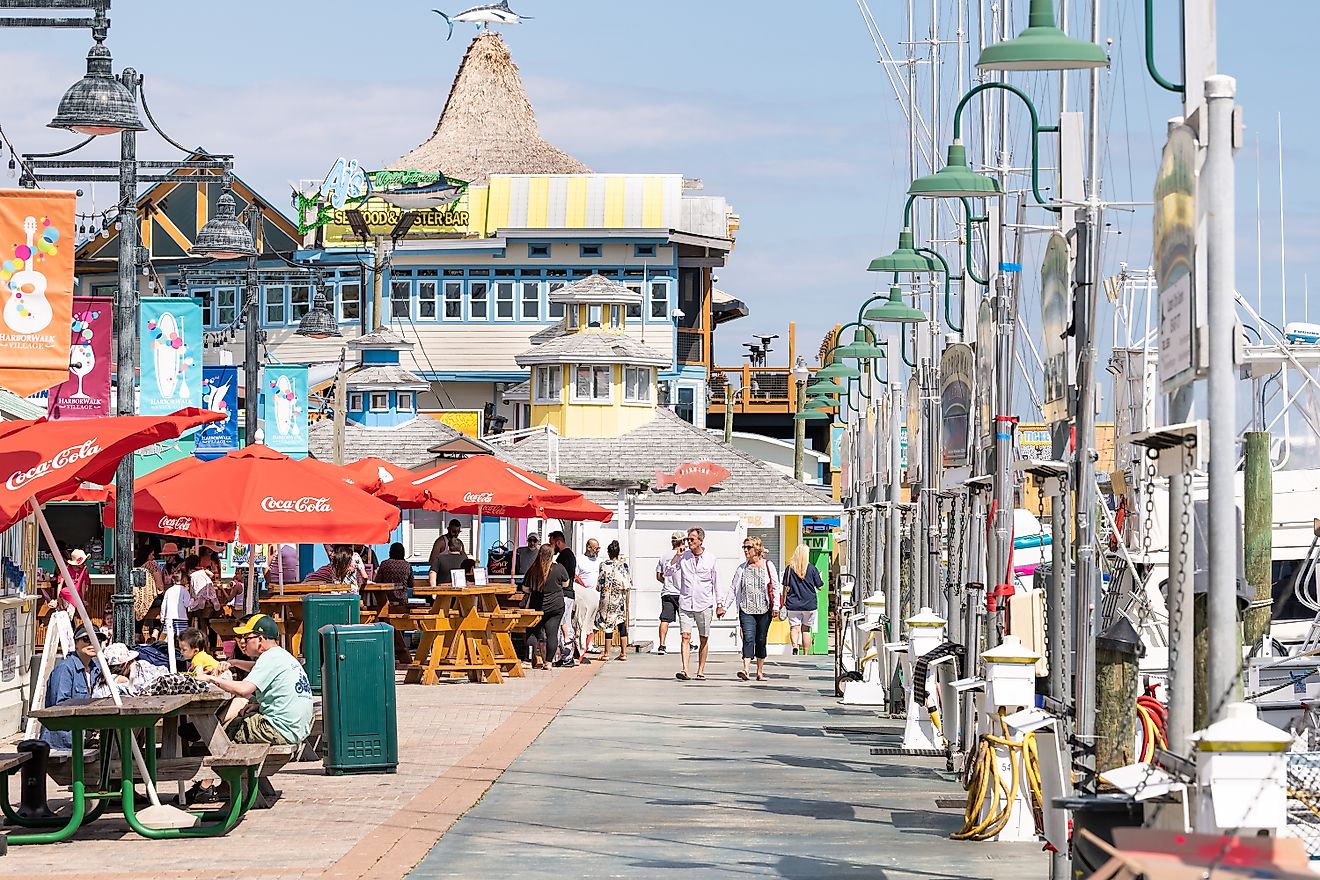
Hastings, Nebraska
Hastings is a small city situated in Adams County in the US State of Nebraska. Hastings, a rural community with strong roots in hometown ideals and civic pride, manages to preserve the quality of life through unique locales, diverse cultural offerings, and a robust local economy. The city is also renowned for its vast parks, cultural offerings, historic buildings, and top-notch educational, medical, and sporting facilities. It is recognized as the town where Edwin Perkins created Kool-Aid in 1927, and on the second weekend of every August, Kool-Aid Days are held to commemorate this occasion.
Geography And Climate Of Hastings

Being the seventh-largest city in Nebraska, Hastings covers a total area of 38.26 sq. km, where 37.80 sq. km is occupied by land and 0.46 sq. km is covered by water. As per the Koppen Climate Classification, Hastings experiences a humid continental climate. The winters are frigid, snowy, windy, and partly cloudy, while the summers are hot, humid, and mainly clear. Hastings has an annual average temperature of 51.4°F. July has an average temperature of 77.1°F, making it the warmest month. January has the lowest average temperature of any month, at 26.0°F. In the 3.6 months that the hot season lasts, 78°F or above is the average daily high temperature. The cold season lasts for 3.1 months, where 46°F or below is the average daily low temperature.
Brief History Of Hastings
At the intersection of the St. Joseph and Denver City Railroad and the Burlington and Missouri River Railroad, Hastings was established in 1872. The city was given Colonel Thomas D. Hastings' name because he built a connection from Hastings to Grand Island for St. Joseph and Grand Island Railroad. It quickly developed into a transportation hub. The initial settlers in Hastings were English from Liverpool, who were soon followed by other English, Irish, German, Danes, and Russian-born Germans. After a five-year Great County Seat War, which resulted in the city's incorporation, the county seat was moved from Juniata to Hastings in September 1878. However, 33 downtown buildings were destroyed by a fire in 1879. Between 1880 and 1890, the city was rebuilt using fire-resistant materials in a more organized way.
Population And Economy Of Hastings
As per the latest US Census, Hastings has a population of 25,200 residents. Hastings' population has grown by 0.19% since the most recent census, which showed a population of 25,152 in 2010. The city is currently expanding at a pace of 0.10% annually. White (Non-Hispanic) (83.1%), White (Hispanic) (8.95%), Other (Hispanic) (3.35%), Two+ more races (Non-Hispanic) (1.89%), and Asian (Non-Hispanic) (1.06%) are the five largest ethnic groups in Hastings. Hastings has a 13.94% poverty rate and a $67,560 average household income. The median price of a home is $127,300, and the median monthly rent in prior years has been $730. Hastings has a 36.1-year-old median age, with 33.9 for men and 37.9 for women.
Attractions In And Around Hastings
Lake Hastings

Popular lakeside activities include fishing, boating, sand volleyball, and disc golf. The lake is a glacial lake situated in Lake Villa Township in the unincorporated Lake County. The lake's maximum depth is 25.7 feet, and its surface area is 74.06 acres.
Hastings Museum
Hastings Museum, which opened its doors in 1927, is the largest city museum between Chicago and Denver. The facility houses dozens of animal species set in their original habitats, giving visitors to enjoy a close-up view of many beautiful creatures. It also has a Planetarium with a big domed dome and a Theatre with a 70-foot-wide screen. In the museum, visitors can get a peek into the lives of the former inhabitants of the Nebraska plains, from Paleo-Indians to European-Americans, as well as the animals that previously roamed this region and swam in the Cretaceous Sea. One will also learn how Hastings' famed soft drink Kool-Aid got to be so popular as well.
Aquacort Pool
Seasonally open, the Aquacourt Family Aquatics Centre offers a variety of aquatic pursuits. To produce an experience that is worthwhile going for, the city-owned facility combines the best elements of a waterpark and a city park. One of the most well-known attractions in the park is the water slides.
Heartwell Park

In February 1939, the park's name was changed from Lakewood Park to Col. Charles Heartwell Park. At that time, Col. Heartwell presided over the Water Department. With its fishing pond, bike/skate path, fitness course, and cool, shaded picnic spaces, the 122.5 acres of picturesquely manicured grounds are perfect for recreation.
In light of all of that, this tiny city in the center of a vast open field makes a good location for day trips. Although Hastings may appear inconspicuous, its history and active community make it a place worth visiting. Despite being surrounded by large open fields, Hastings prospered and developed a distinctive identity that drew tourists. Indeed, this city has many activities to enjoy, especially if you travel with close friends or family.
